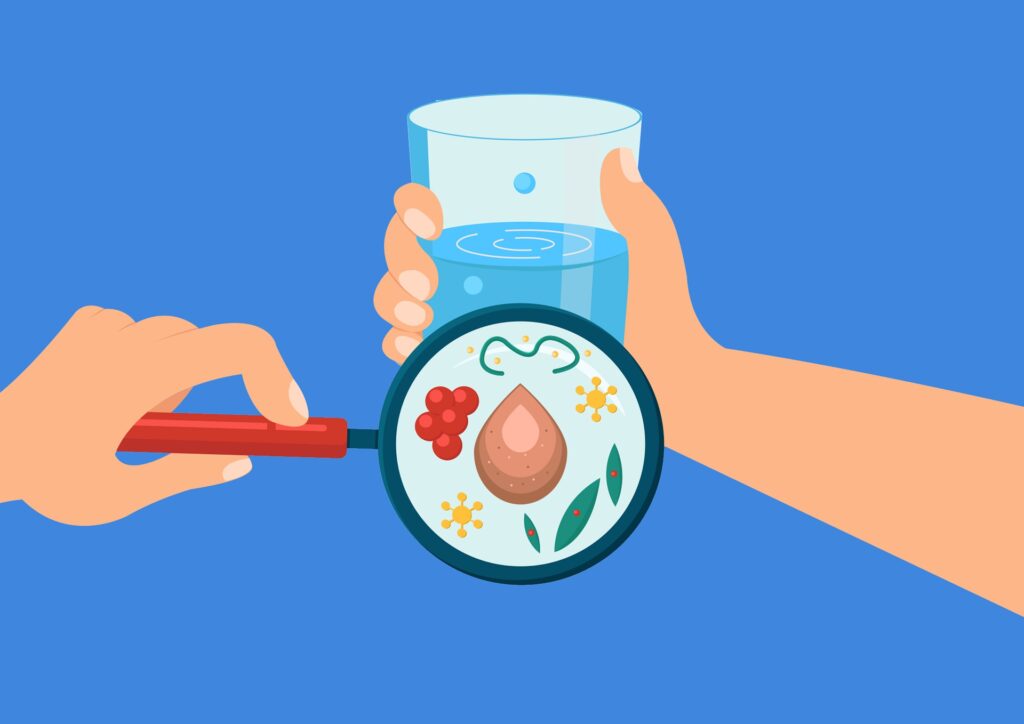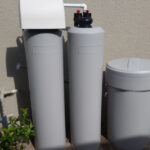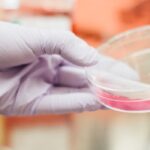Knowing how to test water quality at home, you can gain valuable insights into the safety and purity of your water supply. So, let’s explore the various methods and tools available for you to do just that so you can protect your family’s health!
Water testing methods
Test strips and kits
Test strips and kits provide a convenient way to test your water quality in FL. These user-friendly tools offer quick and cost-effective solutions. With easy-to-follow instructions, anyone can use them to gain insights into their water’s condition without needing specialized training. Test strips typically involve dipping a strip into your sample and comparing the resulting color changes to a chart provided in the kit. On the other hand, Kits come with all the necessary materials and detailed instructions to perform a check. While these options offer immediate results, they may have limitations in terms of accuracy and the number of parameters they can test for. For example, they can’t pinpoint the water contaminants you’re dealing with. However, they serve as a valuable first step in assessing water quality and can help you identify potential issues.
Sending samples to labs
Sending samples to labs is reliable, especially if you want to do a well-water test in FL. This process involves collecting samples from your water source and following specific guidelines to ensure accuracy. Then, you send them to accredited laboratories equipped with state-of-the-art testing equipment. Once received, the experts at these labs conduct a thorough analysis, testing for a wide range of contaminants, including bacteria, chemicals, heavy metals, and more. The results are highly accurate and can provide a detailed picture of your situation. This is especially crucial if you’re concerned about multiple contaminants or require precise data to comply with regulatory standards. This is also a nice middle ground between doing things entirely on your own and hiring professionals.
DIY water testing equipment
DIY water testing equipment empowers you to protect your family from waterborne diseases on your own. These user-friendly tools, such as digital testers and portable devices, make testing water quality at home convenient. They typically come with straightforward instructions and require minimal technical expertise, allowing you to check for essential parameters quickly. While they may not provide the comprehensive analysis that professional labs can offer, they serve as an essential first step. DIY equipment also provides convenience, affordability, and the ability to monitor things regularly. It allows you to stay proactive in safeguarding your family’s health and ensuring that everything meets safety standards.
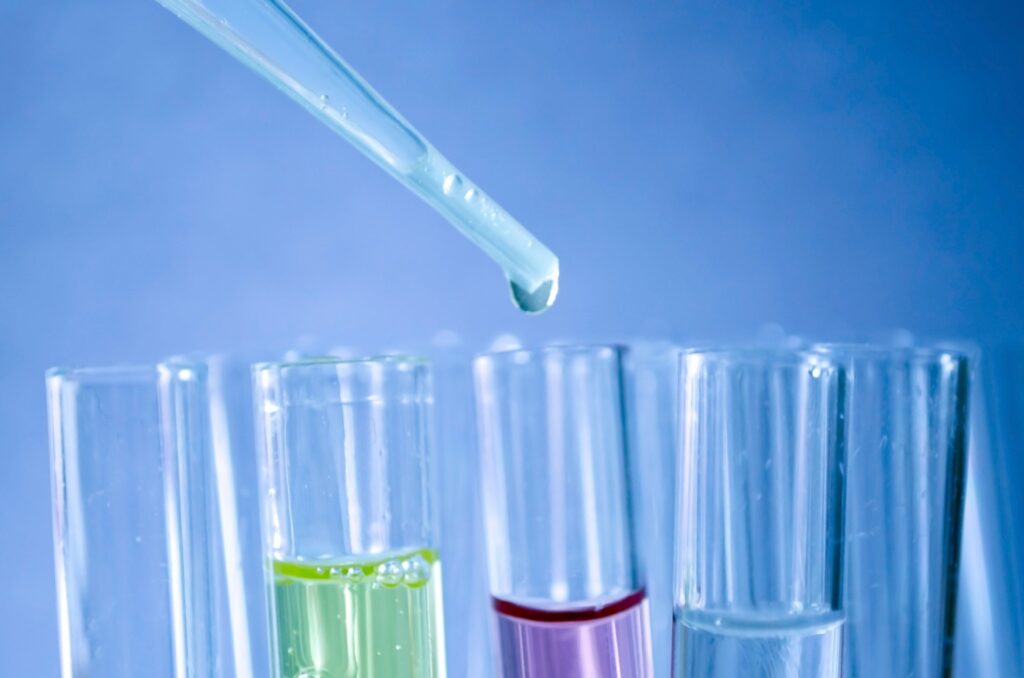
Choosing the right water test
Selecting the appropriate way to test water quality at home is naturally important. To make the right choice, start by identifying the source of your supply, whether it’s a well, municipal, or from another source. Understanding your source helps pinpoint potential contaminants that may be more prevalent in your area. Additionally, consider specific concerns based on your location, such as industrial activities or agricultural runoff. Your budget is also significant since some tests are more comprehensive but pricier, while others are more cost-effective for routine checks. Considering these factors, you can choose the right option that aligns with your needs.
Preparing for water testing
Preparing to test water quality at home is necessary to ensure accurate results and safeguard your health. It begins by gathering the required supplies, like clean containers for collecting samples and any specific testing kits you want. It’s essential to follow safety precautions during this process, like wearing gloves and taking measures to avoid contamination. Then, properly collect a sample, ensuring it represents your source accurately. Once collected, label the samples clearly and store them in appropriate conditions, usually a cool, dark place, until you’re ready to send them for testing. Finally, note that Miami Movers for Less points out that it’s important to wrap up all testing before you actually move into a new home so try to organize everything in a timely manner.
Interpreting test results
Reading test strip results
Interpreting test strip results is a straightforward process that empowers you to assess things quickly. These strips change color based on the tested parameters, such as pH or chlorine levels. After immersing the strip in your sample for the specified time, compare the resulting color to the chart provided in the kit. Match the strip’s color to the corresponding color on the chart to determine the parameter’s concentration. However, remember that lighting conditions can affect color perception, so perform the test in well-lit surroundings for accuracy.
Understanding lab reports
Comprehending lab reports is naturally key for actually gleaning valuable information from them. These reports are detailed documents that provide information about the results. They typically include data on parameters like pH levels, bacterial contamination, chemical composition, and heavy metal concentrations. To understand these reports effectively, start by comparing the parameter values to safety guidelines and regulatory standards. Also, lab reports often include an interpretation section explaining the results and whether they fall within acceptable limits. If you have any questions or need further clarification, don’t hesitate to contact the lab.
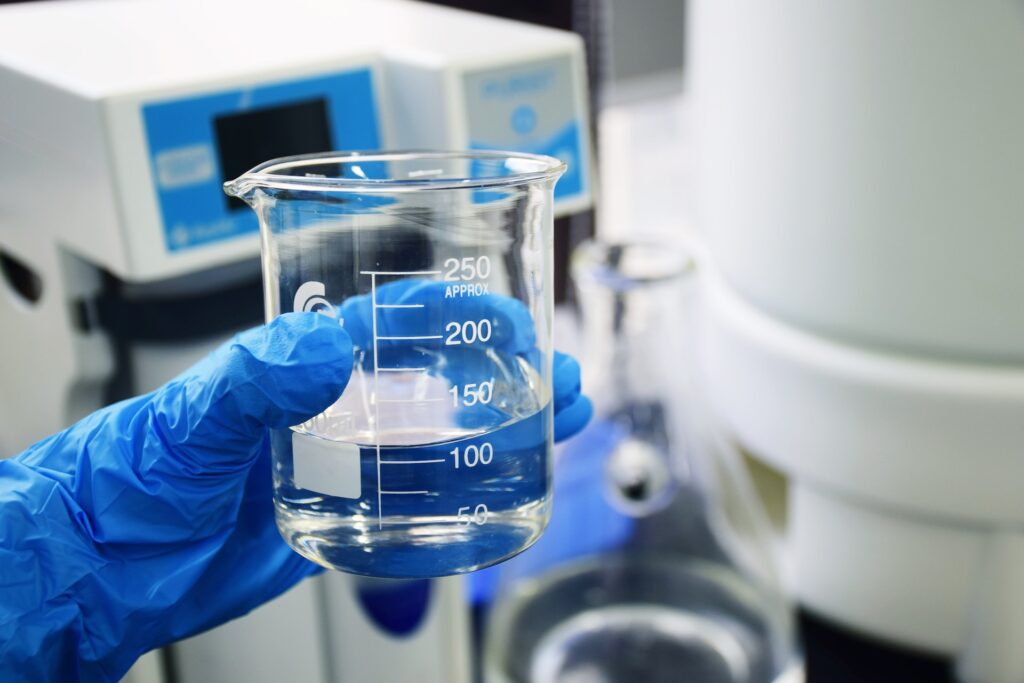
Interpreting digital tester readings
Simplicity is key when it comes to interpreting digital tester readings. Digital testers are user-friendly devices that provide precise numerical values for parameters like pH, TDS (Total Dissolved Solids), and chlorine levels. To make sense of the readings, compare them to established guidelines, much like you would for lab results. These guidelines often come with the tester or can be found online. Your water quality is generally acceptable if the readings fall within the recommended ranges. However, if they deviate significantly, it’s crucial to investigate further. High or low readings may indicate potential issues, such as excessive mineral content or bacterial contamination. Digital testers offer quick and accurate results, making identifying and addressing problems promptly easier.
Common water quality parameters
The first of the common parameters is pH levels, which indicate how acidic or alkaline your water is. Maintaining a balanced pH is vital for preventing corrosion in pipes and ensuring things are not too harsh on your plumbing. Total Dissolved Solids (TDS) measure the concentration of minerals and organic matter, affecting taste and clarity. Chlorine levels are critical for disinfection, as too little can allow bacteria to thrive, while excessive chlorine can affect taste and odor. Bacterial contamination, often measured by the presence of coliform bacteria, is a crucial parameter to check for potential health risks, too. Familiarizing yourself with these common parameters and regularly monitoring them helps you make solid decisions about water treatment, filtration, and overall maintenance, ensuring your family is safe.
Addressing common issues
Addressing common issues is crucial for ensuring the safety and purity of your drinking water. One common problem in Florida is the presence of contaminants like bacteria, algae, and sediment. Installing filtration systems is an effective way to tackle these issues since it effectively eliminates impurities. Moreover, purification systems can significantly improve taste and odor, making them more palatable for consumption. Choosing the right system is important based on your specific concerns, whether it’s a whole-house filtration system, a point-of-use filter, or a reverse osmosis system. Regular maintenance of these systems is key to their effectiveness, too. So, be sure to follow manufacturer recommendations. By addressing common issues and considering purification systems in FL, you can enjoy clean, safe, and great-tasting water.
Continuous monitoring
Continuous monitoring is a prudent practice that helps ensure a consistent supply of clean and safe drinking water. Regular testing and tracking of parameters enable you to spot deviations from normal levels promptly. This becomes even more crucial in Florida, where unique environmental factors can affect things. Fortunately, you’ll likely encounter fewer issues thanks to commercial water treatment in Florida. Creating a testing schedule and monitoring trends in quality are effective ways to stay ahead of any issues that may arise. Whether you rely on a well or municipal sources, continuous monitoring allows you to improve the quality of your water supply!

Taking control of your family’s health
Knowing how to test water quality at home is a proactive and essential step toward ensuring your household’s well-being. You take control of your safety and health by understanding the methods, interpreting results, and addressing any issues that may arise. So, make sure to take full advantage of the methods you have available!


